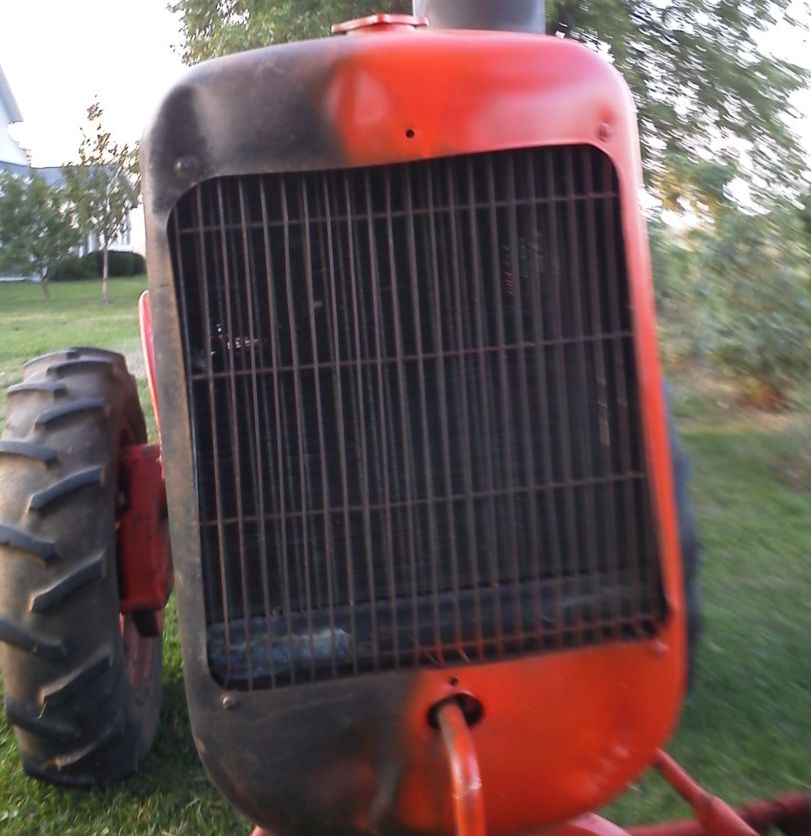|
Hmmm... so are you saying that it has TWO posts, or just one?
Typically, a starter solenoid has one LARGE post for the battery, one LARGE post going to the starter, and either one, two, and in some rare instances, three SMALL terminals.
The third terminal (which is somewhat of a rarity) is the 'far' end of the solenoid coil, and is usually tied to ground. Most do NOT have it, as it's typically grounded internally, but those that DO have a ground terminal typically show up on mil-spec power units like generators, etc., where the control electricals run one voltage (like 12v) while the starting motor runs on another (24 or 32vdc).
The terminal labeled "S" is typically connected to the ignition switch START terminal... this terminal is energized when the key is placed in the START position.
The terminal labeled "I", appears on SOME solenoids, and it is typically connected to the ignition coil + terminal, and energized simultaniously with the starter motor... and disconnected when not running the starter motor.
The "I" terminal's function, is to use a very short-length, low-resistance path from battery to the ignition coil during starting... and is typically used in conjunction with a coil that uses either an external resistor, or a 'resistance wire'... and these are typically referred to as 'ballast resisitance'.
The function of ballast resistance, is to protect the ignition coil, while allowing the coil to develop a very powerful strike under starting conditions. Here's the scenario:
A 12v non-ballast coil, on a running 4-cylinder engine, will fire 2 times every engine rotation, and with point-dwell being known and constant, will mean that the ignition coil is energized for a certain number of degrees, which inherently means that, at low RPM, the time spent continuously energized is longest. At a higher rpm, the amount of time spent energized for any given event is shorter, but the total amount of time spent on, vs. off, is the same, because breaker-point time is all mechanical.
When the engine is running, the generator/alternator/regulation system will put system voltage at about 13.8-14.2v... so one can calculate the amount of current, as well as duty cycle that the coil must endure in order to survive.
However...
When the engine is cranking... the current draw on the battery and cables is high, and the generator/alternator/regulator are NOT charging. If you measure the cranking voltage, you'll see that it is substantially below 13.8v, which means the ignition coil is not going to perform under the same circumstances as if it were running-at-speed and charging.
SO what engineers have done, is developed a scheme where the coil primary is actually wound to operate at full potential (oh... bad pun) at say... 9vdc... that way, when the engine is cranking, you get a nice, hot spark to fire off a rather damp, rich mix on a cold day.
Now, this 9v coil will NOT survive long in a 13.8-14.2vdc environment... the primary will rapidly overheat and short internally. SO, what they do, is apply Ohm's Law... and install some ballast resistance in the wire feeding the coil... enough so that the coil's 9v dissipation (known), and the ballast resistance (also known), make the 9v coil operate reliably, at expected duty-cycle, under a 13.8-14.2 supply.
To get the hot spark during cranking, the solenoid's "I" circuit BYPASSES the ballast resistance, hence, the coil is getting full-brute even while the cranking voltage sags, and gets protected when not cranking, too!
It is for this reason, that a common failure-mode for older machines is a 'cranks and starts, but won't run' condition- the ballast resistance burned itself open. When cranking, the ignition gets power via the "I" terminal, so it will start, but as soon as one releases the key, the solenoid's "I" terminal loses power, and with no path through ballast resistance, the ignition stops firing.
|









 Topic Options
Topic Options

 Post Options
Post Options Thanks(0)
Thanks(0)




